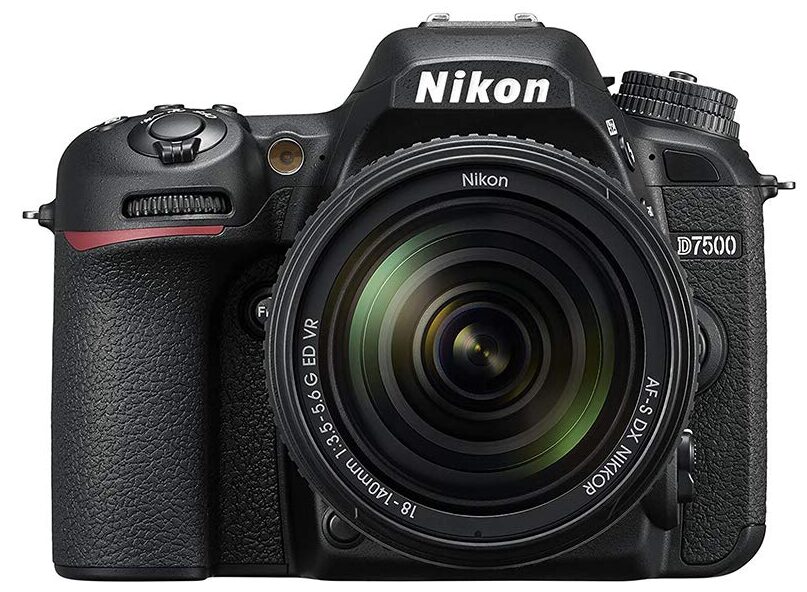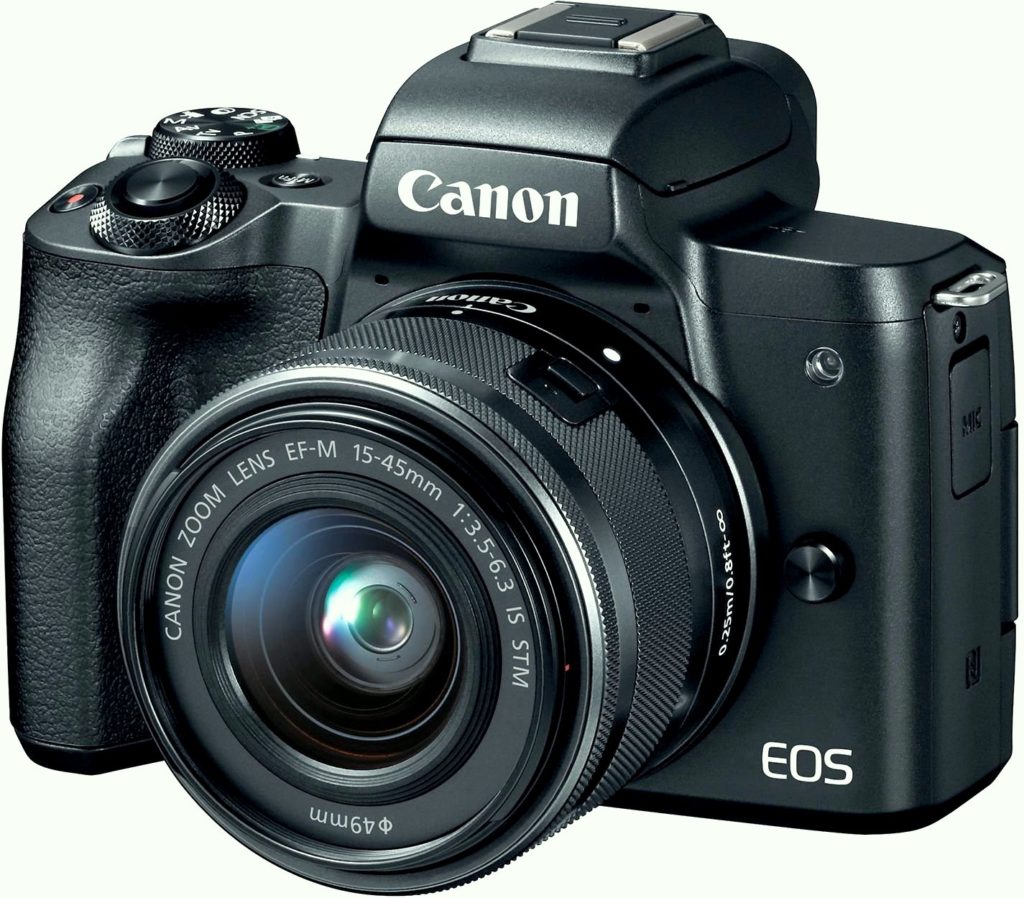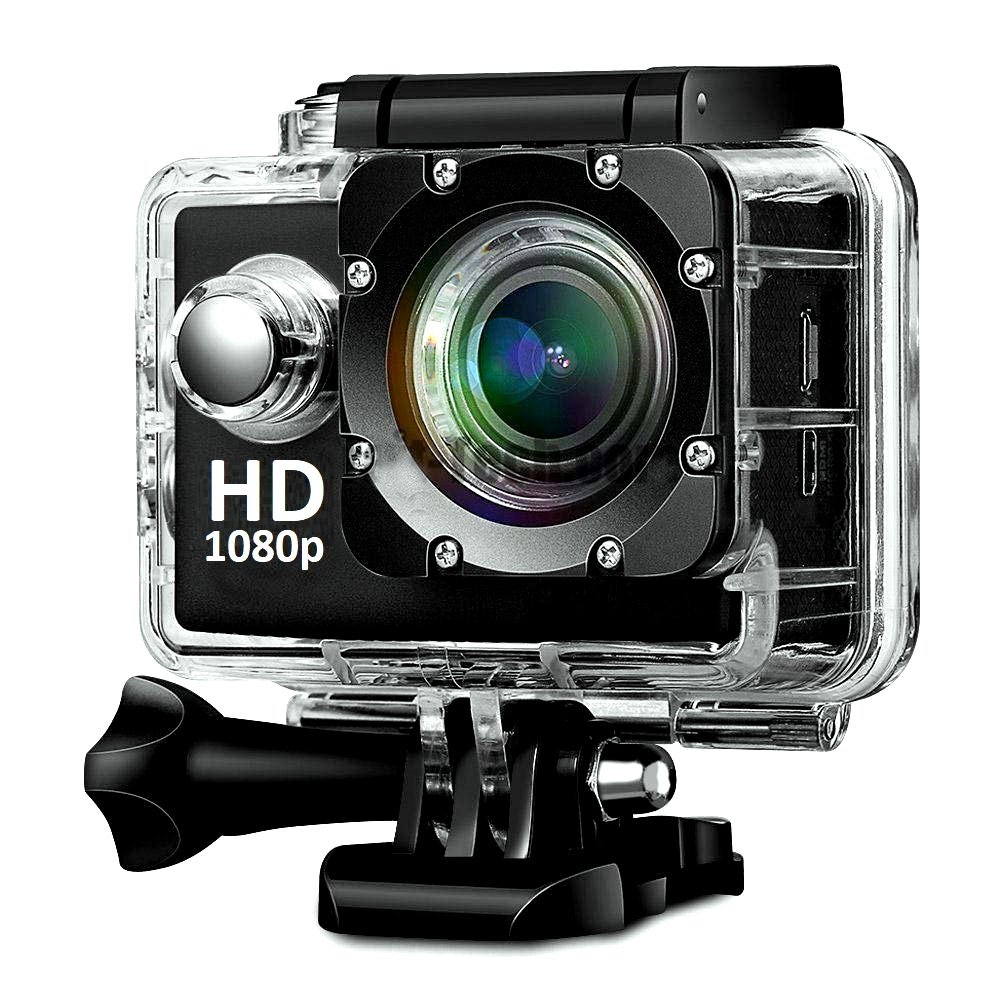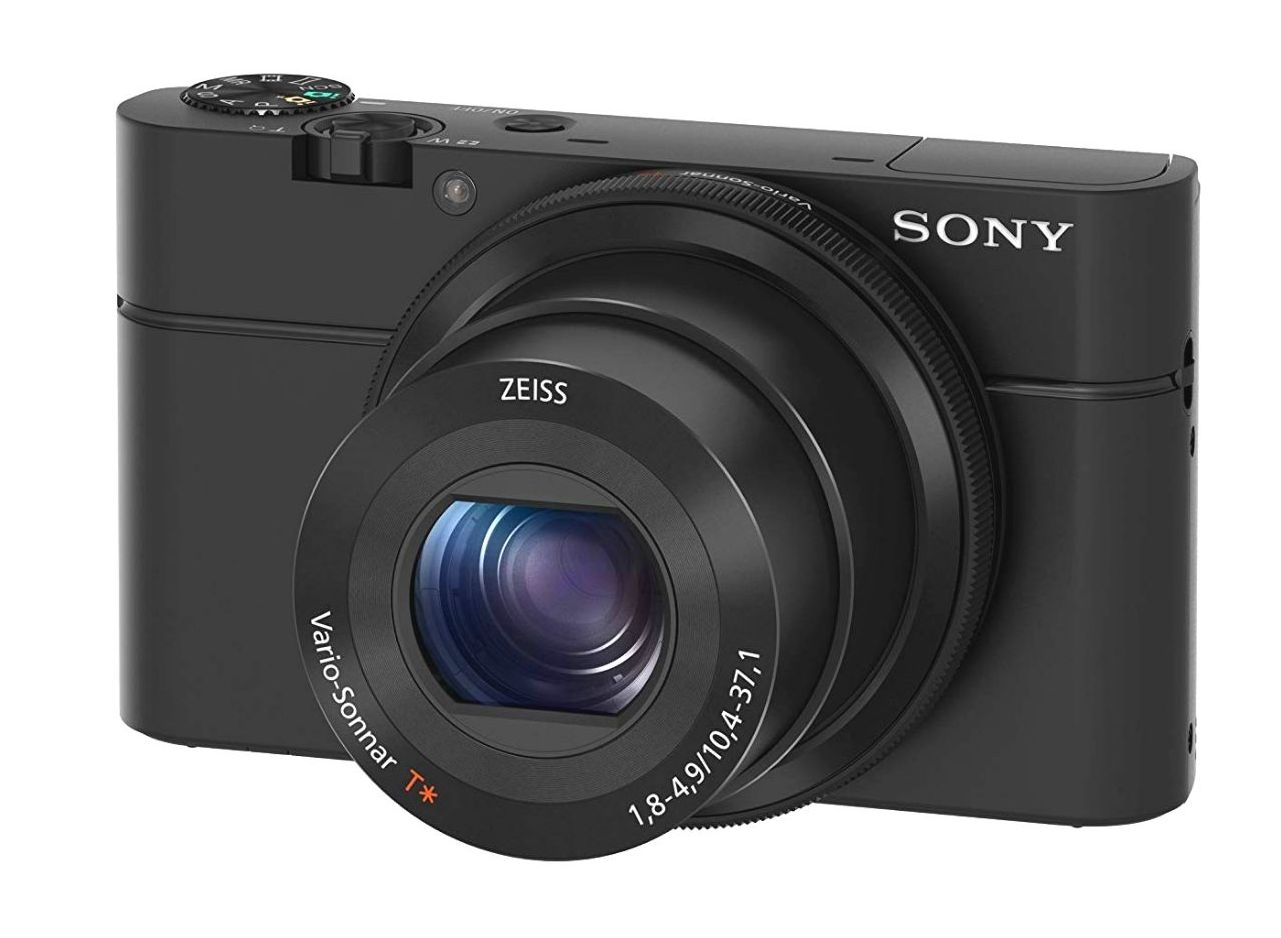In early days photography was practiced by very few, specialized photographers. Because photographic film development was used to create a photograph. It was a complex chemical process, not within the reach of many. But now-a days, with advancement of technology, photography techniques has been drastically evolved. These days digital photography has completely taken over film development art. Photographs are stored in hard drives, and printed as required. New generation cameras are provided exciting features. There are different types of cameras available in the market. Some of them are discussed in this article.
Different types of cameras are as follow
1. Compact Digital Camera
Compact digital camera, also known as point and shoot camera, is quiet user friendly and simple version digital camera. This type of camera is widely used by amature or beginner photographers. Because it is easy to operate.
Here are some key features and characteristics of compact digital cameras:
- Size and Portability: Compact cameras are small in size and lightweight, making them highly portable. They can easily fit into a pocket or bag, allowing you to carry them anywhere conveniently.
- Built-in Lens: Compact cameras have a fixed lens that is built into the camera body. The lens has a fixed focal length or a zoom range, which determines the camera’s field of view and ability to capture subjects from a distance.
- Automatic Shooting Modes: These cameras typically offer a variety of automatic shooting modes, such as portrait, landscape, sports, night, and macro. These modes optimize the camera settings for specific shooting conditions, making it easier for beginners to capture good quality photos without much manual intervention.
- Simplified Controls: Compact cameras have simplified controls compared to more advanced camera types like DSLRs and mirrorless cameras. They usually feature a few buttons and dials for basic adjustments, making them beginner-friendly.
- Limited Manual Control: While some compact cameras offer manual control options, they are generally limited compared to higher-end camera models. Manual control over settings such as aperture, shutter speed, and ISO may be available, but they may not provide as much flexibility or precision as more advanced cameras.
- Image Stabilization: Many compact cameras incorporate image stabilization technology to minimize the effects of camera shake, resulting in sharper images, especially in low-light conditions or when shooting handheld.
- Video Recording: Most compact cameras offer video recording capabilities, allowing you to capture high-definition videos. The video features may vary across models, with options for different resolutions, frame rates, and manual control over settings.
- Built-in Flash: Compact cameras usually have a built-in flash to provide additional light in low-light situations. The flash can be set to automatic mode or manually activated as needed.
- LCD Screen: Compact cameras typically feature a built-in LCD screen for framing and reviewing photos. The screen serves as both a viewfinder for composing images and a playback display for reviewing captured shots.
- Connectivity Options: Many modern compact cameras come equipped with built-in Wi-Fi or Bluetooth connectivity, enabling wireless transfer of photos and videos to other devices such as smartphones, tablets, or computers.
Explore Compact Digital Cameras on Amazon
2. Digital Single Lens Reflex (DSLR)
A Digital Single-Lens Reflex (DSLR) camera is one of the types of cameras that uses a mirror mechanism and an optical viewfinder to allow you to see through the lens and capture images. As different types of cameras got variety of features, digital single lens reflex camera is compatible with different lens variants. This is the main advantage of this variant. Both amature and professional photographers are comfortable with this type of camera.

Nikon D7500 20.9MP
Here are some key features and characteristics of DSLR cameras:
- Interchangeable Lenses: One of the defining features of DSLRs is their ability to change lenses. This allows photographers to use different lenses suited for various types of photography, such as wide-angle lenses for landscapes, telephoto lenses for wildlife or sports, and macro lenses for close-up shots.
- Large Image Sensor: DSLRs typically have larger image sensors compared to compact cameras, resulting in higher image quality and better low-light performance. The larger sensor size allows for greater dynamic range, better control over depth of field, and reduced image noise.
- Optical Viewfinder: DSLRs use an optical viewfinder that utilizes a mirror to reflect the light coming through the lens directly into the viewfinder. This gives you a real-time, optical preview of the scene you are about to capture, making it easier to compose your shot and track moving subjects.
- Manual Controls: DSLRs offer extensive manual control over various settings, including aperture, shutter speed, ISO sensitivity, white balance, and focus. This level of control allows photographers to have precise control over the exposure and creative aspects of their images.
- Speed and Performance: DSLRs are known for their fast autofocus systems, quick shutter response, and continuous shooting capabilities. These features make them suitable for capturing fast-moving subjects, such as in sports or wildlife photography.
- Durability and Build Quality: DSLRs are generally built to be more robust and durable compared to compact cameras. They often have weather-sealed bodies that offer protection against dust and moisture, making them suitable for shooting in challenging environments.
- High-Quality Image and Video Capture: DSLRs typically offer high-resolution image sensors, enabling photographers to capture detailed and high-quality images. They also often provide the ability to record high-definition videos with manual control over settings like frame rate and exposure.
- Expandability and Accessories: DSLRs have a wide range of compatible accessories available, such as external flashes, battery grips, remote triggers, and lens filters. These accessories can enhance the functionality and creativity of your photography.
- Learning Curve: DSLRs can have a steeper learning curve compared to compact cameras due to their advanced features and manual controls. However, they offer a high level of customization and flexibility, allowing photographers to grow and develop their skills.
Explore Digital Single Lens Reflex on Amazon
3. Mirrorless Camera
A mirrorless camera is a type of digital camera that does not have a mirror-based optical viewfinder system like traditional DSLR (Digital Single-Lens Reflex) cameras. Instead, it uses an electronic viewfinder (EVF) or the camera’s LCD screen to preview the image. The main difference between a mirrorless camera and a DSLR is the absence of a mirror and optical viewfinder. In a DSLR, light passes through the lens and reflects off a mirror that directs it into the optical viewfinder. When you press the shutter button, the mirror flips up, allowing light to reach the image sensor and capture the photo.

Cannon EOS M50 24.1 Megapixel Mirrorless Camera
A mirrorless camera is a type of digital camera that does not have a mirror-based optical viewfinder system like traditional DSLR (Digital Single-Lens Reflex) cameras. Instead, it uses an electronic viewfinder (EVF) or the camera’s LCD screen to preview the image. The main difference between a mirrorless camera and a DSLR is the absence of a mirror and optical viewfinder. In a DSLR, light passes through the lens and reflects off a mirror that directs it into the optical viewfinder. When you press the shutter button, the mirror flips up, allowing light to reach the image sensor and capture the photo.
Mirrorless cameras offer several advantages over DSLRs, including:
-
Size and weight: Mirrorless cameras are typically smaller and lighter than DSLRs, making them more portable and easier to carry.
-
Silent operation: Without the mirror flipping up and down, mirrorless cameras operate silently, which can be beneficial in situations where noise is a concern, such as during weddings or wildlife photography.
-
Autofocus performance: Mirrorless cameras often have advanced autofocus systems that use on-sensor phase-detection or contrast-detection autofocus, allowing for faster and more accurate autofocus.
-
Electronic viewfinder (EVF): The EVF in mirrorless cameras offers a real-time preview of the image, allowing you to see the exposure, white balance, and other settings before taking the shot. Some photographers prefer the EVF’s ability to show the final image as it would appear, with exposure and other adjustments applied.
-
Video capabilities: Mirrorless cameras are known for their excellent video capabilities, offering high-quality video recording, advanced autofocus during video capture, and the ability to use interchangeable lenses.
Explore Mirrorless Cameras on Amazon
4. Action Cameras
Action cameras are small, rugged cameras designed for capturing high-quality photos and videos during adventurous activities. They are commonly used in sports, outdoor adventures, and other action-packed scenarios where a regular camera may be impractical or too delicate to withstand the conditions.

Teconica KL-5000 Full Hd Action Camera
Here are some key features and aspects of action cameras:
- Compact and Lightweight: Action cameras are typically small and lightweight, making them easy to carry and mount on various surfaces, such as helmets, handlebars, or chest harnesses.
- Durability: They are built to withstand harsh environments, including water, dust, shock, and extreme temperatures. Many action cameras are also waterproof or come with protective housing.
- Wide-Angle Lens: Action cameras often have a wide-angle lens, allowing for a broader field of view and capturing more of the surroundings.
- High-Resolution Video: Action cameras are known for their ability to record high-resolution videos, including 4K and even higher, providing detailed and sharp footage.
- Image Stabilization: To counteract the shakiness caused by movement, action cameras often feature built-in image stabilization technology, which helps in capturing smoother and steady footage.
Explore Action Cameras on Amazon
5. 360-degree Cameras
360-degree cameras, also known as omnidirectional cameras or spherical cameras, are devices that can capture a full 360-degree view of the surrounding environment. They are designed to capture immersive panoramic photos and videos that allow viewers to look in any direction, including up and down, as if they were physically present at the scene.

Insta360 Air 360 Degree Dual Lens Video Camera
There are several types of 360-degree cameras available in the market, ranging from consumer-grade options to professional-grade solutions. Here are some key features and considerations:
-
Resolution: The resolution determines the level of detail in the captured images or videos. Higher resolution cameras provide sharper and more detailed results.
-
Stitching quality: The quality of the stitching process can vary between cameras. Good stitching ensures a seamless and natural-looking final output without visible seams or distortions.
-
Live streaming capabilities: Some 360-degree cameras offer live streaming capabilities, allowing users to broadcast their immersive videos in real-time.
-
Connectivity: Most 360-degree cameras connect to smartphones or computers via Wi-Fi or Bluetooth, enabling users to control the camera settings and view the captured content.
Explore 360 Degree Cameras on Amazon
Conclusion
May be you are a hobbyist, beginner or want to start your carrier with photography, firstly you need an appropriate camera. In this article most popular variants or types of cameras are discussed. Go through this to select the suitable camera for you, that satisfies your needs.

Comment
[…] Different Types of Cameras for Digital Photography […]